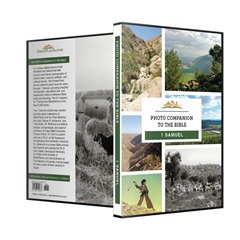“Archaeologists discovered private seating areas with names engraved on them during excavation at a 1,800-year-old amphitheater in the ancient city of Pergamon.”
Excavations of the ancient Greek city of Magnesia in western Turkey have revealed the entrance gate to the temple of Zeus.
“The discovery of a 3,500-year-old paving stone, described as the “ancestor” of Mediterranean mosaics, offers illuminating details into the daily lives of the mysterious Bronze Age Hittites.”
“An international research team conducting excavations in the city of Tyre has discovered a large Roman temple complex.”
“Freedivers off the coast of Spain have uncovered a treasure trove of 53 perfectly preserved gold coins from the Roman Empire, one of the largest collections ever found in Europe.”
A forensic artist has used genetic data to create 3D models of the faces of three men who lived in ancient Egypt more than 2,000 years ago.
In light of Hobby Lobby’s lawsuit against Dirk Obbink, The New York Times gives a summary of the story to date.
Now online: An exclusive sneak peek of ‘Times of Fire’ the first feature film in The 7 Churches of Revelation series.
Now on pre-pub for Logos: CSB Holy Land Illustrated Bible Notes ($20)
Accordance has a number of graphics resources on sale.
HT: Agade, Arne Halbakken, Charles Savelle, A.D. Riddle
